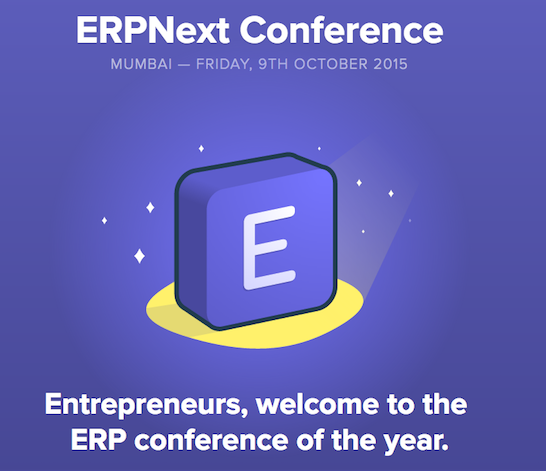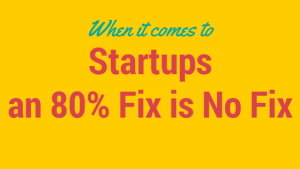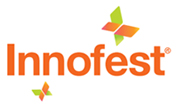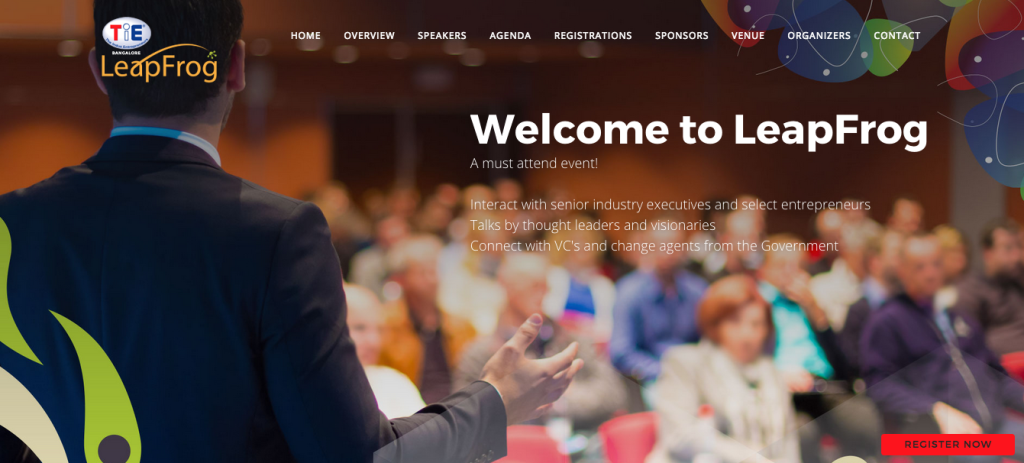Who doesn’t remember the famous four words of the 1996 film Jerry Maguire? The relevance of these words encompasses all generations. We look at the rich and mighty with a hint of jealousy, sometimes incredulously , some other times in awe, yet other times perturbed. On the other hand, the poor and downtrodden are subjugated to our pity, dissidence, even repulsion.
Now that makes one thing very clear- more or less or none, but money has the power to trigger our insides.
My husband and I abide by our morning ritual of reading the good,the bad and the ugly, hidden in the dull text of black ink, spread accurately on those beautifully blending 20 crisp peachy pages; unravelling the mystery of this world layer by layer with every sip of our invigorating morning tea. A ritual so intellectually stimulating , consequential in further bonding, has now become a regular phenomenon. Every morning, the message is the same– business ecosystem in its finest form, the mood of the start-ups at its optimistic best. Such positive reinforcements does uplift our spirits but it bewilders us too.
Modi Ji’s “Make In India” mantra began to unfold with the conception of India’s biggest e-commerce space- FLIPKART, by the Bansal duo. And with it started a revolution that took the entire nation by surprise. Since the beginning of last year, every other day(if not every day) ET reflects such a luminous picture of our economy. And the chunk of this positivity comes from the exhilarating news of one start-up after another. Either they have raised a colossal amount in funding, or they have had a path-breaking M&A, or they have been subjected to overwhelming(read ‘obnoxious) valuations.
These recurrent success stories have given birth to a new breed of entrepreneurs- the “COPY CATS” who are mindlessly jumping the bandwagon. They think they have cracked the code behind the success of these new age companies. The keywords are countable- IIT, IIM , e-commerce, m-commerce, angel investor- blend one element with another or all, and your magical potion is ready. And this potion is so potent that it affirms success against all odds. Zomato, TaxiForSure, Flipkart, Snapdeal, ZoRooms- all have been founded by IIT/IIM alumni.
The “me-too” entrepreneurs have a flawless design ready to trap potential investors. The code is a no-brainer though; project a high traction metamorphosing into more investors, subsequently larger funds, perfectly ending into higher valuation.
The silver lining,however, is that crony capitalism is fading and a new crop of optimistic entrepreneurs is mushrooming. No longer you need to be a TATA or an AMBANI to dream big. The new age start-ups and their success stories have infused a new confidence in today’s generation. They can dare to dream, and that too big. Now that’s one promising change in our country’s antediluvian thinking where a farmer’s son could only dream of becoming a farmer, a teacher’s son only a teacher. It is this promising environment that allowed the 18 year old college drop-out from Orissa in 2011 to venture into an unknown territory and build today’s famous OYO rooms in 2013. He’s been in limelight recently for having raised an elephantine amount($100 million) from Japan’s Soft Bank. This definitely is an extremely positive outcome of this start-up culture where no longer fears detain you in realising your truest potential.
Have the zeal, And crack the deal.
The definition of success is,however, very unique to this breed. Ideally a successful business should generate large revenues, handsome profits,employ large no: of people and make a social impact. While a few of these new age start-ups fulfil most of these criteria, the most profound aspect of running any business is not met. Yes, I am talking about PROFIT(in BOLD letters).
Flipkart, Snapdeal, Zomato, are few such organisations worthy of enviable valuations with no profits. If I may elaborate no profits as “million dollar losses”.
SP-CP=Profit, a formula that even my 10 year old understands is of no consequence to the companies of the likes of Flipkart or Snapdeal. We have grown up in an era of brick-and-motor companies. Making purchases online is still an alien concept to me. But what exists pan any business, culture, economy,era is one and only one thing- Profitability. In the quest for scale, profitability is taking a beating. Achieving traction by offering tantalising discounts doesn’t suffice zero profitability.
This is where Media plays the devil’s advocate. It craftily masks the “no-profit” feature of these companies and celebrates their “valuations” (all on paper). It shrewdly creates a larger than life image of these new-age entrepreneurs. It chooses to present to the audience what it wishes them to see and read; featuring them on cover page of leading business papers and magazines. As a result it creates a superficial success story that revolves around raising funds and basking in multi-million valuations. The bigger the funding, the bigger the legend-like stature, the crazier the media frenzy. This creates an environment where these “real” heroes are worshipped by the aspirational youth who are totally smitten by their relentless journey.
What everyone overlooks,however, is the sustainability of these companies who are riding on investor’s money and the dubious mechanism of discounts. And when these companies start to decline in their valuations, it this media that will rip them apart so brutally, so mercilessly.
So does that mean that media shouldn’t give credit where its due? That it shouldn’t encourage and celebrate those who dared to dream, who dared to give a form to their entrepreneurial spirit? Of course it should. It must applaud those took the risks, it must boost their morale, it must glorify their achievements. But it should refrain from painting a picture so perfect.
VCs who today are messiahs to these burgeoning start-ups are enjoying the spectacle with much aplomb. Every time they agree to fund, they gain significant media attention which heightens the public interests manifolds. These VCs are the ultimate gainers in this entire game plan as they create such a promising and utopian environment, thereby painting a surreal picture for these companies, while on an alert all through to making opportunistic exits. They are clever enough to bathe by the bank of this crocodile pond but will never swim in it. An entrepreneur is so enamoured by the VC culture that he fails to read between the lines and accepts the terms so faithfully; in most cases ends up getting short end of the stick. A recent example of this would be when Lane Becker and two of his co-founders sold their $50 million customer service company ‘GetSatisfaction’ to Sprinklr. He unabashedly claimed how the arrangement was nothing short of a fire sale where the VCs happily devoured the chunk of the pie leaving a tiny morsel for the founders.
My learning:”Get investor at your own risk”.
The sharp drop in valuations of new-age ventures in the US and China should be a wake up call for the Indian counterparts. Yelp, a US based restaurant search and review venture, lost its valuation by $5.9 billion from a year ago. The survival of its Indian “me-too” company Zomato which is barely 4% of Yelp’s revenues but a whooping 58% of its valuation, worries me aplenty. Market is going to correct soon and when it does it will take all these new-found companies by storm.
Who has seen tomorrow? How can these valuations be based on what will happen 10 years hence? The promise of tomorrow does not take into account future disruptions or new competition entering the marketplace.As Peter Thiel rightly captures the essence in his book-‘Zero To One’ by stating that companies may create a lot of value, without becoming valuable itself. In same breath he also states that most of a tech company’s value will come only in 10-15 years in future. Mystery of what lies ahead coupled with a loss-making present is indeed alarming. The prime objective of any business is Profit, and it should be given a rightful significance and not allow these insane valuations to steal the show. All this boils down to one and only one understanding-
Business is in profitability,
not in valuations…
Its in sustainability,
not discount mechanisms…
On paper all seems rosy,
But somebody has got to ‘SHOW ME THE MONEY’!!!!
Guest Post by Megha Chopra, Director/Board Member, Rategain



 In this polytheistic world of entrepreneurs, who is the Startup Initiative for? If it’s for all the various types of entrepreneurs, then it will quickly succumb to the 80% syndrome. Policy-makers will address things that are the common denominator for all types of entrepreneurs. While this is necessary , it’s not sufficient. As any product manager in the technology industry will tell you, this 80% fix is a recipe for failure.
In this polytheistic world of entrepreneurs, who is the Startup Initiative for? If it’s for all the various types of entrepreneurs, then it will quickly succumb to the 80% syndrome. Policy-makers will address things that are the common denominator for all types of entrepreneurs. While this is necessary , it’s not sufficient. As any product manager in the technology industry will tell you, this 80% fix is a recipe for failure. Each of these types of entrepreneurs is in pain today . Last year 54% of the funded technology startups redomiciled themselves outside India. This year, iSPIRT estimates, the exodus has accelerated and the number of companies redomiciling out of India will be
Each of these types of entrepreneurs is in pain today . Last year 54% of the funded technology startups redomiciled themselves outside India. This year, iSPIRT estimates, the exodus has accelerated and the number of companies redomiciling out of India will be 

 I’ve been following the FinTech industry for a while now and can see spurt of activities in different parts of the world and different sections of the communities coming together to give it its due importance.
I’ve been following the FinTech industry for a while now and can see spurt of activities in different parts of the world and different sections of the communities coming together to give it its due importance. The first was to revel in stories, as these are the best ways to share the hope and meaning of human progress. I couldn’t agree more. This is why, inspired by the Heath brothers Chip and Dan, Vinay Dabholkar and I centred our book 8 Steps to Innovation: Going from Jugaad to Excellence (HarperCollins, 2013) around stories. Stories, and even myths at times, play a crucial role in overcoming the fear of failure, one of the biggest obstacles to innovation. One of the world’s most innovative companies, 3M, does this wonderfully well when it encourages storytelling about the hundreds of inventors within the company who went on to succeed at last in spite of failing many times on the way.
The first was to revel in stories, as these are the best ways to share the hope and meaning of human progress. I couldn’t agree more. This is why, inspired by the Heath brothers Chip and Dan, Vinay Dabholkar and I centred our book 8 Steps to Innovation: Going from Jugaad to Excellence (HarperCollins, 2013) around stories. Stories, and even myths at times, play a crucial role in overcoming the fear of failure, one of the biggest obstacles to innovation. One of the world’s most innovative companies, 3M, does this wonderfully well when it encourages storytelling about the hundreds of inventors within the company who went on to succeed at last in spite of failing many times on the way.